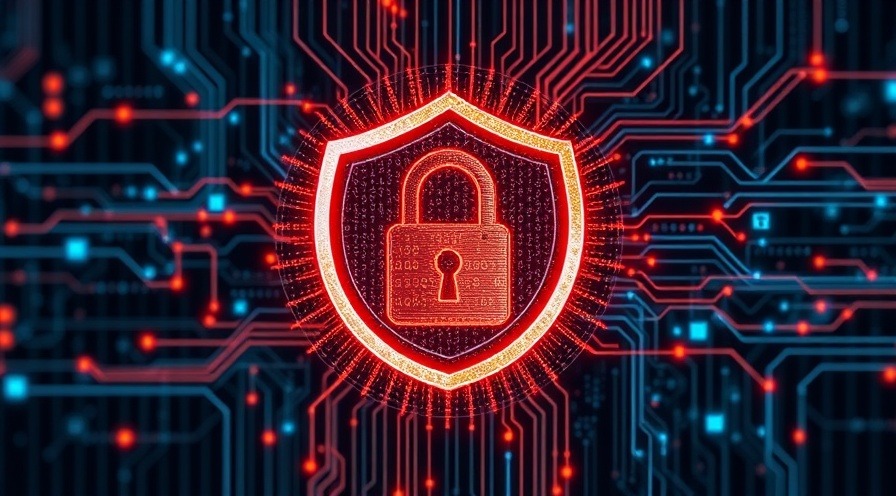
Shared Responsibility: The Security Dance Between You and Microsoft
After our fun romp through the world of Zero Trust, it's time to tackle another crucial concept in cloud security: the Shared Responsibility Model. Now, this might sound a bit dry, like reading the terms and conditions (we've all been there, scrolling endlessly!). But trust us, understanding this is key, especially as you gear up for your Microsoft SC-900 exam.
Think of it this way: moving to the cloud isn't like handing over all your security worries to someone else. It's more like learning a new dance – a partnership where both you and your cloud provider (in this case, the awesome folks at Microsoft) have specific roles and responsibilities. Let's break down this security dance, step by step!
The Cloud: Not a Security Magic Wand (Sorry!)
First things first, let's bust a common myth. Moving your stuff to the cloud doesn't automatically make it Fort Knox. While cloud providers like Microsoft invest heavily in securing their infrastructure, you still have a significant part to play in keeping your data and applications safe.
Imagine renting an apartment. The landlord (Microsoft) is responsible for the building's foundation, the roof, and the general security of the premises. But you (the customer) are responsible for locking your own apartment door, keeping your valuables safe inside, and not, you know, setting off fireworks in the living room.
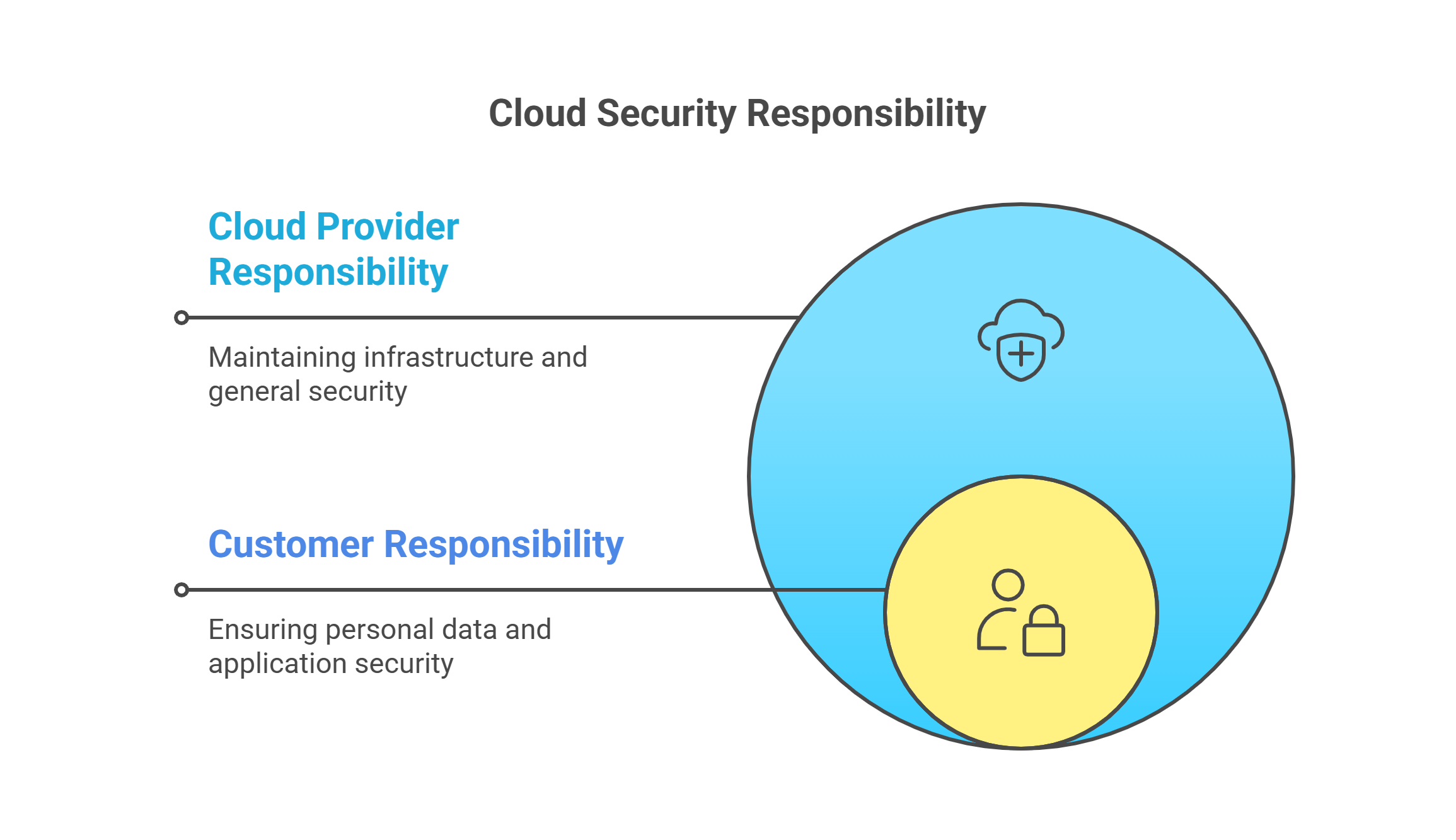
The Security Dance Floor: Different Cloud Flavors, Different Moves
The "steps" in our security dance change depending on the type of cloud service you're using. Think of it like different dance styles:
-
On-Premises: The Solo Act: This is where you own and manage everything – the entire dance floor, the music, the lighting, even the janitorial duties. You're responsible for the security of everything, from the physical servers to the applications running on them.
-
Infrastructure as a Service (IaaS): The Tango: Here, Microsoft provides the basic infrastructure – the servers, storage, and networking (the dance floor and basic stage). You, however, are responsible for securing everything on top of that – the operating systems, applications, data, and configurations. It's a more involved partnership, like a tango where you both have intricate steps to follow. Think of securing your virtual machines, your deployed applications, and the data you store in virtual disks.
-
Platform as a Service (PaaS): The Waltz: Microsoft manages more in this scenario – the infrastructure, operating systems, and development frameworks (a smoother dance floor and some pre-set music). Your main responsibilities are securing the applications you develop and deploy, and managing your data. It's a more graceful waltz where Microsoft takes the lead on some of the foundational steps. For example, securing your web applications or your databases.
Software as a Service (SaaS): The Cha-Cha: This is the most hands-off approach, like using Microsoft 365 or Dynamics 365. Microsoft manages almost everything – the infrastructure, the applications, and the underlying operating systems (they provide the whole choreographed routine). Your primary responsibility is securing your users and the data they access and create within the application. Think about managing user accounts, configuring access controls, and protecting your company's documents in SharePoint. It's a lively cha-cha where your steps are mainly about how you use the provided platform securely.
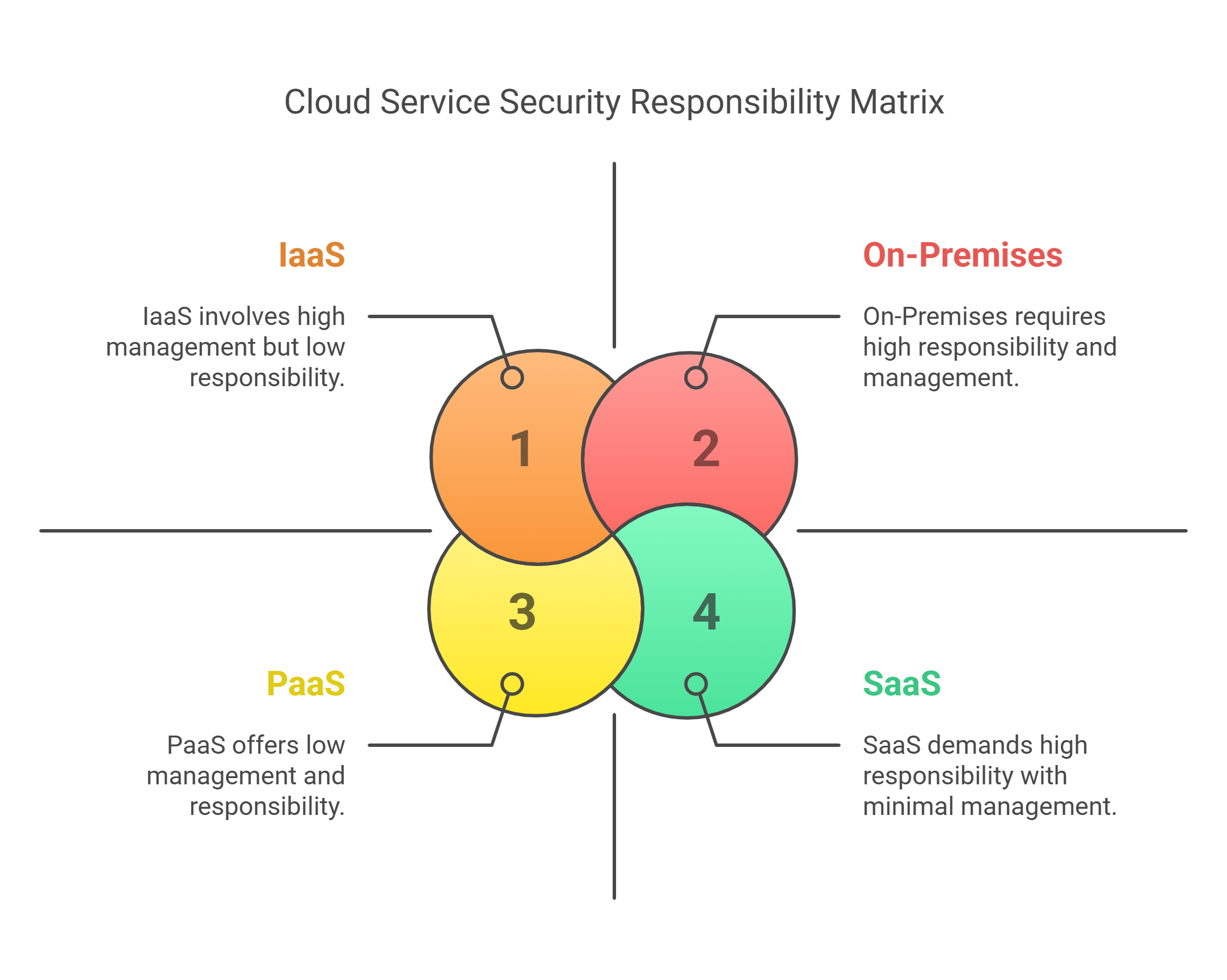
Visualizing the Dance: The Responsibility Spectrum
Let's picture a spectrum, like a gradient of responsibility:
On-Premises <---------------------> IaaS <---------------------> PaaS <---------------------> SaaS
(You do almost everything) (More shared) (Even more shared) (Microsoft does most)
As you move from left to right (towards more managed cloud services), Microsoft takes on more of the security burden. However, you always retain responsibility for your data and your users. This is a crucial point to remember for your SC-900!
The Golden Rule of the Security Dance: Know Your Part!
The key takeaway is that you need to understand exactly what your responsibilities are based on the cloud services you're using. Don't assume Microsoft is handling everything!
Think of it like a potluck dinner. The host (Microsoft) provides the venue and maybe some main dishes, but you (the customer) are responsible for bringing your assigned side dish or dessert. If you don't bring anything, there's a gap in the meal (a security vulnerability!).
Examples in Action: Spot the Responsibility
Let's say you're using:
-
Azure Virtual Machines (IaaS): Microsoft secures the physical servers and the virtualization layer. You are responsible for patching the operating system inside your VM, configuring the firewall, and securing your applications.
-
Azure SQL Database (PaaS): Microsoft manages the underlying database infrastructure, patching, and backups. You are responsible for securing the database itself (user permissions, authentication), and the data within it.
Microsoft Teams (SaaS): Microsoft secures the platform and the application. You are responsible for managing user access, setting up appropriate team and channel permissions, and ensuring your users are using strong passwords and MFA.
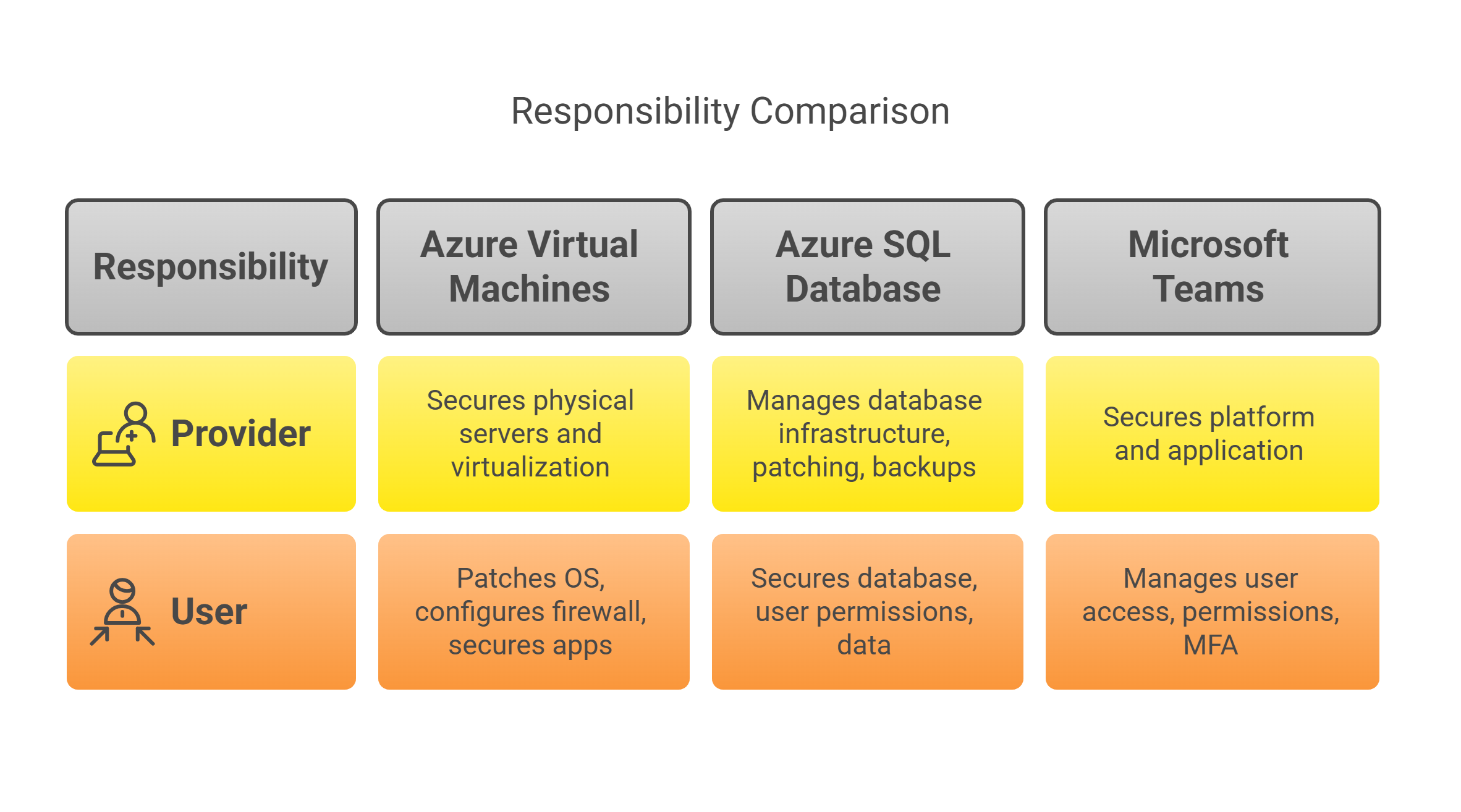
TL;DR: The Cloud Security Two-Step
Moving to the cloud is a security partnership, not a solo performance. The Shared Responsibility Model dictates who's responsible for what. It varies depending on the cloud service: you handle more in IaaS, less in SaaS, but you always own securing your data and your users. Know your part in the security dance to avoid tripping up!
Ready to learn how Microsoft tools help you fulfill your part of the security dance?
 Add Row
Add Row  Add
Add 


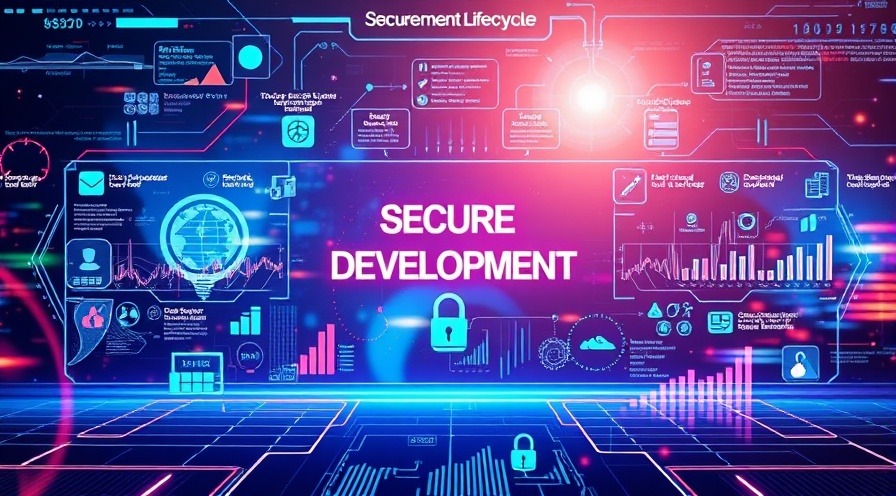

Write A Comment